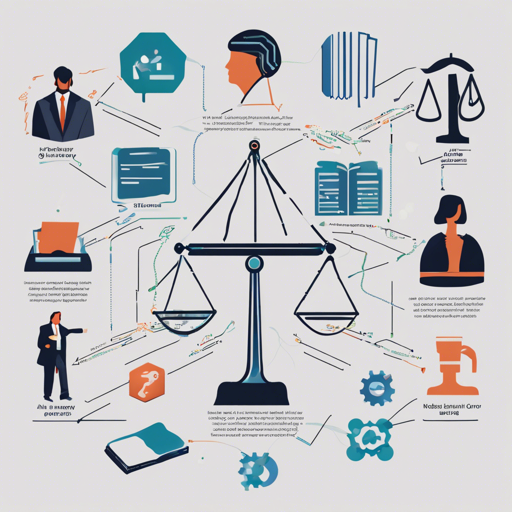Welcome to this guide on how to effectively use LEGAL-ROBERTA, a specialized language representation model fine-tuned on a vast collection of legal documents. This article will walk you through the setup and usage of the model, troubleshooting tips, and an analogy to help you better understand the workings of the model.
What is LEGAL-ROBERTA?
LEGAL-ROBERTA is a state-of-the-art model designed to capture the nuances of legal language, making it perfect for extracting insights from legal texts. It is fine-tuned on a substantial corpus consisting of patent litigations, U.S. case law, and patent data, which allows it to perform effectively in downstream legal tasks.
Getting Started
To start utilizing LEGAL-ROBERTA, follow these simple steps:
1. Environment Setup
- Make sure you have Python installed on your machine.
- Install the Hugging Face Transformers library if you haven’t already.
- Use the following command to install:
pip install transformers
2. Load Pretrained Model
Once you have the environment set up, you can load the pretrained LEGAL-ROBERTA model by running the following code:
from transformers import AutoTokenizer, AutoModel
tokenizer = AutoTokenizer.from_pretrained('saibolegal-roberta-base')
model = AutoModel.from_pretrained('saibolegal-roberta-base')Understanding the Code: An Analogy
Think of LEGAL-ROBERTA as a specialized translator for legal documents. Just like a translator uses their knowledge of two languages to convert one to another accurately, LEGAL-ROBERTA uses its training from a massive legal database to understand and interpret legal language. Loading the model with AutoTokenizer and AutoModel is akin to arming your translator with dictionaries and reference materials specific to legal terminology so they can perform their task more effectively.
Training Data Overview
The training data for LEGAL-ROBERTA is sourced from three significant origins:
- Patent Litigations: A dataset that includes over 74,000 cases and 5 million documents, encompassing 52 years of litigation history.
- Caselaw Access Project (CAP): Providing 40 million pages of U.S. court decisions and 6.5 million individual cases.
- Google Patents Public Data: A collection focused on empirical analysis of the international patent system.
Training Procedure
The model is fine-tuned using a robust training procedure:
- Starts from a pretrained ROBERTA-BASE model
- Learning rate: 5e-5 with decay
- Number of epochs: 3
- Total steps: 446,500
Evaluation Results
LEGAL-ROBERTA has been benchmarked on various tasks:
- Multi-Label Classification for Legal Text: A complex task requiring understanding of up to 4,271 labels.
- Catchphrase Retrieval: Extracting pertinent legal phrases from descriptions.
Troubleshooting Tips
As with any sophisticated model, you might encounter some challenges:
- If you notice that the tokens appear with a prefix **Ġ**, this is intended behavior from the BPE tokenizer, indicating the start of a new token. Unfortunately, there’s no quick fix for this.
- The model may appear under-trained due to the size of the legal corpora and the limited number of pretraining steps compared to other models. Consider using a larger dataset for improved results.
- If your model fails to load, double-check your internet connection and ensure that the model name is correctly spelled.
For more insights, updates, or to collaborate on AI development projects, stay connected with fxis.ai.
Conclusion
At fxis.ai, we believe that such advancements are crucial for the future of AI, as they enable more comprehensive and effective solutions. Our team is continually exploring new methodologies to push the envelope in artificial intelligence, ensuring that our clients benefit from the latest technological innovations.

